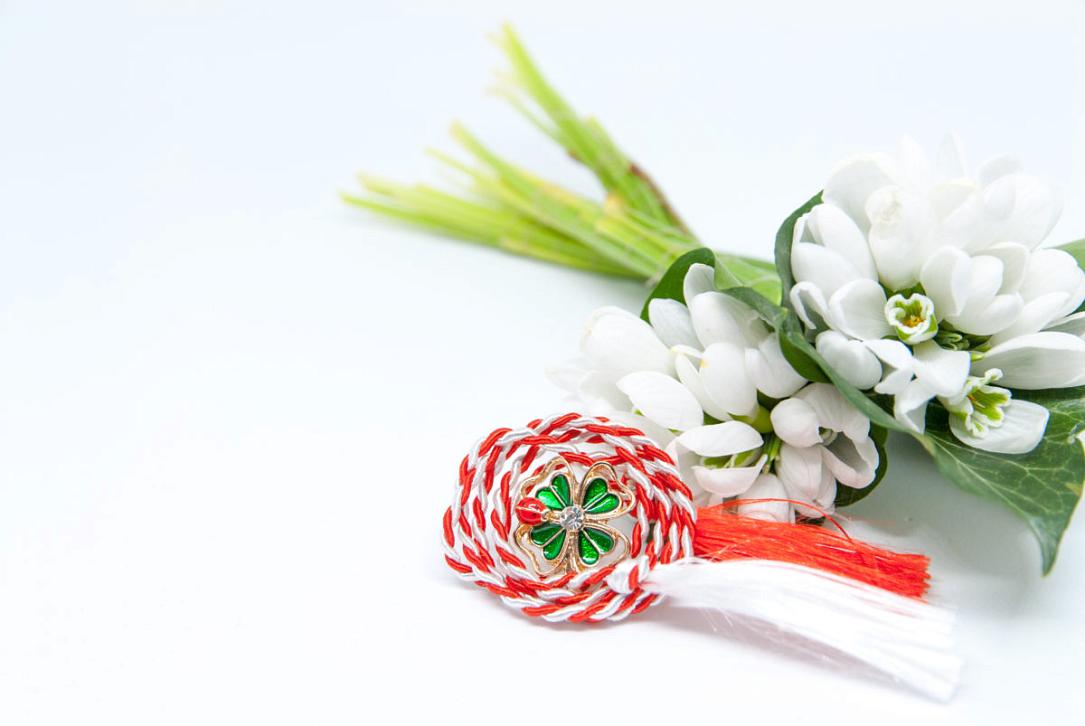City Hall bans the selling of spring trinkets martisoare in downtown Bucharest

Bucharest City Hall has decided to ban the sale of martisoare - small symbolic items men give to women on March 1 (Romania’s way to mark the beginning of spring), in the central areas of Romana, Universitate and Unirii squares, local Mediafax reported.
Street selling of martisoare in the days before March 1, and even after that, until March 8, makes it even more difficult for people to transit these areas, which are usually very crowded, the City Hall explained. Thus, the authorities decided to arrange special spaces for this type of trade, just as it happens “in all major European capitals.”
“We emphasize that in previous years the martisoare were sold on sidewalks, on plastic tables (protected by white tents), and this affected the boulevards’ appearance, made it difficult to clean the streets, and the overcrowding made it even more difficult for pedestrians to pass through these areas,” City Hall representatives said.
The tradition of martisor marks the beginning of spring and changing of seasons in Romania, being just the first of a series of celebrations in March. On March 1, men offer women martisoare, which are small symbolic items tied with a red and white entwined cord, as a sign of respect and love. More information about this beautiful tradition in Romania is available here: Romania’s Martisor tradition: Most popular “martisoare” and what they mean
newsroom@romania-insider.com
(photo source: Adobe Stock)












